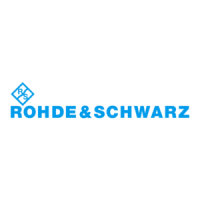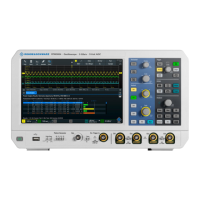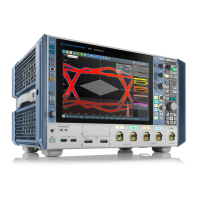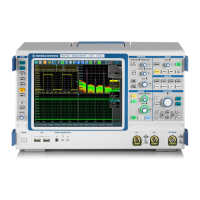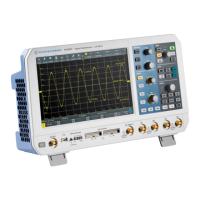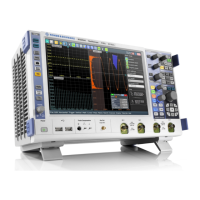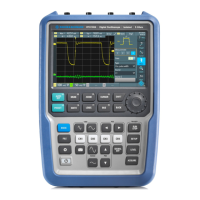Protocol Analysis
R&S
®
RTM20xx
185User Manual 1317.4726.02 ─ 01
● BUS<b>:UART:RX:FRAMe<n>:WCOunt? on page 404
● BUS<b>:UART:RX:FRAMe<n>:WORD<o>:STATe? on page 0
● BUS<b>:UART:RX:FRAMe<n>:WORD<o>:STARt? on page 0
● BUS<b>:UART:RX:FRAMe<n>:WORD<o>:STOP? on page 0
● BUS<b>:UART:RX:FRAMe<n>:WORD<o>:VALue? on page 0
11.5 CAN (Option R&S RTM-K3)
CAN is the Controller Area Network, a bus system used within automotive network archi-
tecture.
11.5.1 CAN Configuration
Access: PROTOCOL > "Bus type" = "CAN" > "Configuration"
Data.............................................................................................................................185
Type............................................................................................................................185
Sample point...............................................................................................................186
Bit rate.........................................................................................................................186
Find Level....................................................................................................................186
Data
Sets the source of the data line. All channel waveforms can be used.
If the MSO option R&S RTM-B1 is installed, digital channels can also be used as source.
Remote command:
BUS<b>:CAN:DATA:SOURce on page 406
Type
Selects the CAN-High or CAN-Low line. CAN uses both lines for differential signal trans-
mission.
If you measure with a differential probe, connect the probe to both CAN-H and CAN-L
lines, and select the data "Type" "CAN-H".
If you use a single-ended probe, connect the probe to either CAN_L or CAN_H, and select
the data type accordingly.
Remote command:
BUS<b>:CAN:TYPE on page 406
CAN (Option R&S RTM-K3)
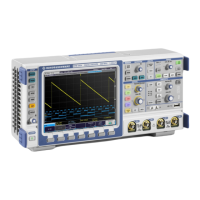
